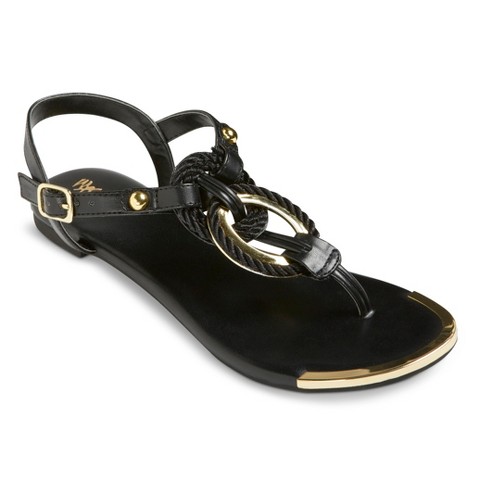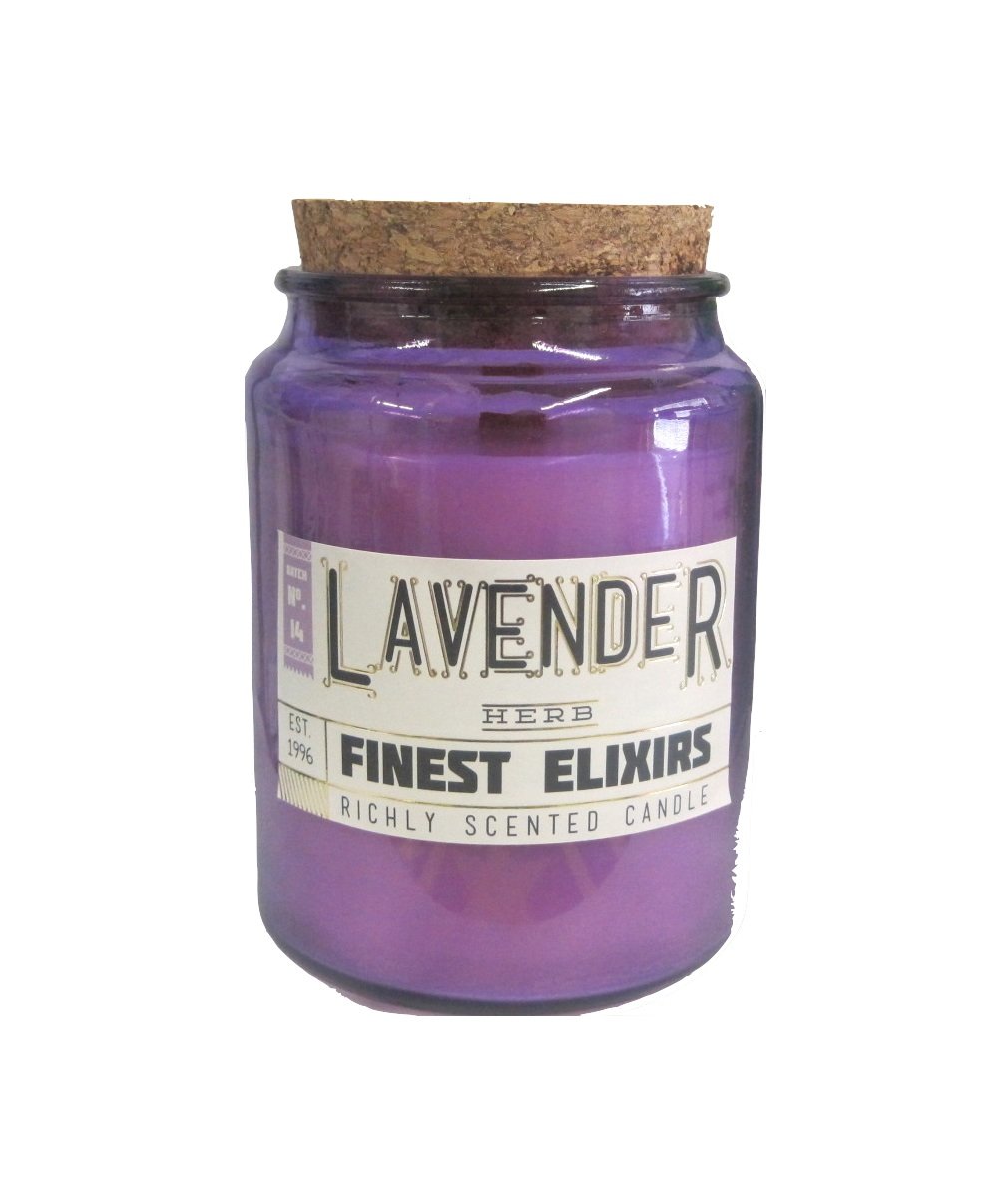After returning to work, I was still able to pump enough milk to meet my son's bottle needs at daycare. However, in the past month (he's 7 1/2 months old), I've had several noticeable dips in my milk supply. I know that I need to pump 24 ounces a day to make his bottles for the following day (4 x 6-ounce bottles), and I went from a steady 32-ounce output to closer to 24 ounces, almost exactly meeting the next day's needs. From what I've read online, this is normal; your body begins out overproducing in order to ensure that there is adequate supply, but generally, by 6 months, your body has adjusted to the amount of milk it actually needs to make. That's all fine and well, especially since I have a significant freezer stash.
However, I'll have random days where my output will dip even further, and I'll have to add an extra pumping session at night after C goes to bed in order to have enough milk for the next day's bottle. That's when I start to panic a little bit that I'm "drying up" and might not be able to breastfeed to my 1-year goal. Luckily, I've been able to recover from these temporary supply dips by doing the following:
1. Drink a ton.
.jpg)
I've never been good at drinking throughout the day; I tend to drink mostly at mealtimes. I was diligent about drinking enough when I was pregnant, but I've slacked off since then. If I don't drink enough, I'll definitely see it in my milk supply.
2. Add Gatorade.

Let me preface this by saying that I am not a Gatorade fan, so this isn't one of those convenient excuses to allow myself to drink Gatorade. But, I've seen multiple things online about Gatorade boosting milk supply (something about the electrolytes, in addition to the hydration factor). I think coconut water is supposed to do the same thing, but I think it tastes awful. I've started buying Gatorade at the grocery store and forcing myself to down a glass every day.
3. Eat enough.

Your body expends a lot of calories to produce milk; I've read online that it's somewhere in the neighborhood of 20 calories per ounce. Since the average baby consumes 25-35 ounces of breastmilk a day, that's 500-700 calories. In the beginning, I was constantly STARVING due to breastfeeding; however, as the months have gone on, I don't feel the hunger as much (or maybe I've just gotten used to it). If I'm not consciously consuming enough calories, it definitely impacts my milk supply. High protein foods are great for this....as well as justifying ice cream on the reg :)
4. Add galactogogues.


Galactogogues are things that enhance milk supply. There are herbs, like fenugreek, and medications, like domperidone, that you can take to enhance milk supply; however, I haven't used those, so I can't speak to their effectiveness. There are enough galactogogues available at the grocery store that I've been able to maintain my milk supply using those. Examples include: brewer's yeast, oatmeal, flaxseed, and almonds. 2 recipes I made constantly which contain several galactogogues are:
- Coconut & dried fruit granola - almonds, flaxseed, oatmeal. I ate this with Greek yogurt for breakfast almost everyday.
- Lactation energy bites - brewer's yeast, oatmeal, and flaxseed. These are a great snack and super quick to whip up, since they're no-bake. As an added bonus, supposedly brewer's yeast is more potent if uncooked (so these may be more effective than the lactation cookies/bars that are all over the internet).
5. Nurse or pump more.
.jpg)
Lactation is a supply-and-demand equation. Nursing more is the best option; just like during your baby's growth spurts, your body will produce more if the demand is there. Allowing your baby to comfort nurse or nurse more often than normal can do wonders for increasing your supply. If nursing more isn't an option (like during the day, since I work), adding a pump is the next best thing. I normally pump 4 times a day on days that I work (once on my commute to work, and 3 times at work); however, if I need to boost supply, I'll pump again at night after C has gone to bed.
If adding 1 pump a day (as suggested above) doesn't cut it, you can "power pump" for a couple of days. To power pump, you pump for 20 minutes, stop for 10, pump for 10 more minutes, stop for 10, pump for 10 minutes. This results in 40 minutes of pumping over a 60-minute period, but the stopping/starting simulates a baby's nursing pattern during a growth spurt. Doing this for 2-4 days in a row can help boost your supply.












